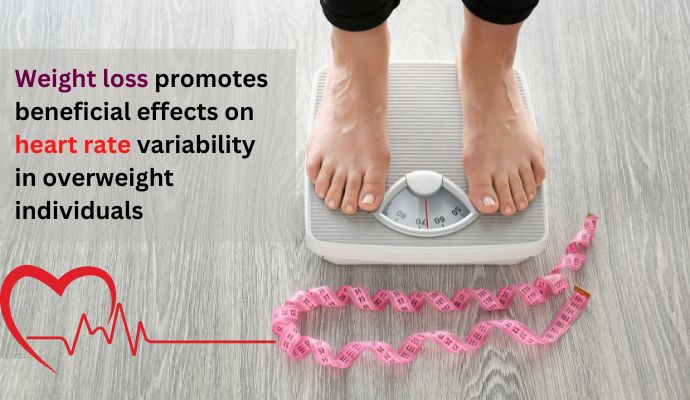
Sleep apnea and how it is associated with Obesity
Sleep apnea refers to a condition in which
58,984 total views, 107 views today
Home » Transoral fundoplication prior to sleeve gastrectomy reduces reflux symptoms
A recent study conducted on GERD (Gastroesophageal Reflux Disease) patients to compare the effect of transoral fundoplication (TF) before undergoing sleeve gastrectomy (SG) over laparoscopic Roux-en-Y gastric bypass (LRYGB).
The study was published in the journal, Obesity Surgery. The study enrolled 30 bariatric surgery patients with GERD, out of whom 15 underwent TF before SG and the rest underwent LRYGB. GERD Health-Related Quality of Life (HRQL) and Reflux Symptom Index (RSI) survey assessments were used to evaluate the symptoms.
The HRQL, RSI preoperative scores were 32.53 and 21.7, respectively, and the mean body mass index (BMI) was recorded as 45.99 for TF/SG and 42.27 for LRYGB. Patients in both the groups showed significant improvement in HRQL-RSI postoperatively. The BMI decrease was noted as 24% (TF/SG) and 31% (LRYGB).
Hence, postoperative results concluded TF/SG to be almost equivalent to LRYGB in resolving or reducing GERD-associated reflex symptoms at 12-15 months.
Reference:
Antonetti M, Norris L, Strickland G. Preliminary Results of a Study Comparing Pre-sleeve Endoscopic Fundoplication to Gastric Bypass on Gastroesophageal Reflux Disease Outcomes. Obes Surg. 2022 Nov 10:1–8.
Source link:

Sleep apnea refers to a condition in which
58,984 total views, 107 views today

Since the beginning of 20th century, the overall
58,961 total views, 107 views today

New year is the time for new beginnings.
59,661 total views, 107 views today

Weight loss can be tricky business, as it
59,532 total views, 107 views today

According to a recent study, weight loss through
60,431 total views, 107 views today

According to a recent study, preoperative very low
60,432 total views, 107 views today

A recent study done to examine the long-term
59,314 total views, 103 views today

Overweight and obesity is a major health concern
29,583 total views, 71 views today

A recent study published in the Journal of
28,772 total views, 70 views today

The findings from a recent study, published in
29,013 total views, 70 views today

The findings of a recent study, published in
29,414 total views, 71 views today

Dietary modifications, along with regular exercise, play an
11,940 total views, 22 views today
